About Levuka & Ovalau
Levuka, the site of Fiji’s first capital, is located on Ovalau the principal island of the Lomaiviti group.
Ovalau (pronounced O-vah-lau), only 13 kilometers long and 11 kilometers wide, is located off the eastern coast of Viti Levu. Of volcanic origin, the island is high, rugged and covered with dense vegetation. Its primary attraction is the old colonial capital of Levuka, a community of 1500 or so inhabitants. Nestled at the base of steep bluffs, Levuka has the ambiance of a 19th century whaling town, which is exactly what it was.
With weather worn clapboard buildings, narrow streets, and ever-friendly residents, Levuka’s harbor and bars at one time welcomed vessels from every seafaring nation. The feeling of the past is palpable in Levuka—so thick you can cut it with a knife, so dense it can be smothering. There are several good low-end accommodations on the island and offshore. If you are even remotely interested in the colonial history of the South Pacific, Levuka is an attraction you should not miss. One can travel there via plane (a ten minute flight from Nausori Airport) or via ferry from Suva.
Location
Definitely Do Not Miss
Have a beer at the Levuka Club and soak up the colonial local ambiance. See the graveyard in town and feel the spirits of the past. Visit the Cession Bure just outside of town. Grab a cab and visit Bobo’s Farm to see every conceivable tropical fruit, vegetable or herb being cultivated.
Your might also be interested in:

Ovalau Geography
Ovalau is roughly oval in shape, about 13 km in length and nearly 10 km wide; its area is about 100 sq km. Except for the Lovoni Valley in the middle of the island, and the areas at the mouths of the various streams, there is little flat land. The Lovoni Valley, covering about 18 sq km, was once a crater walled by naked rock. Today vegetation covers the earth and the valley is home to Lovoni villagers, a fiercely independent tribe who were one of the last peoples in Fiji to be subjugated.
The east coast in particular is rugged, with bluffs rising abruptly from the sea and sharp pinnacles thrusting their way into the skyline. Almost all the surface area is covered with dense vegetation. The highest peak on the island is the 625-meter-high Nadelaiovalau (‘top of Ovalau’), which overlooks the east coast near Levuka. The northern end of the island is dominated by the 526-metre high Tomuna, whose isolated position and sharply conical form are set against the more massive summits of Korotolutolu a short distance beyond.
Levuka
17°41’08.61 S 178°50’16.93 E

Levuka, nestled at the base of a steep bluff on Ovalau’s southeast coast, is a fascinating destination, well off the beaten tourist track. With weatherworn clapboard buildings, narrow streets and ever-friendly residents, it seems to hark back to an earlier time when one knew one’s neighbors and life was much simpler. The feeling of the past is palpable in Levuka, so dense it can be smothering.
Levukans are intensely proud of their history and their venerable buildings such as the Levuka Public School (see below.) Twenty years ago the Levuka Cultural & Historical Society was formed with the sole intent of preserving the town’s architectural heritage. When one developer from Suva wanted to raze an old building and put up a flashy nightclub, his plan was bitterly attacked by the members of the society and eventually quashed by the town council. ‘If he wants to build a nightclub,’ said one resident, ‘let him go back to Suva. We like things here just the way they are’.

Levuka, with a population of around 1500, can be seen in a relatively few hours by the ambitious traveller, but a stay of several days is recommended to really savour its ‘lost-in-time’ ambience.
Courtesy of https://en.unesco.org/
Levuka History

Its natural harbor and anchorage set the stage for the first traders who arrived in the early 1830s. These early settlers were a mixed bag. Some were honest and industrious and built small sailing vessels for trading in the outer islands, while others were shiftless bounders or opportunists looking for an easy buck.
Among the earliest settlers was David Whippy, a Connecticut sailor who jumped ship and eventually became one of the leading citizens of the town. Whippy acted as an adviser to the local chief and served as a translator to Commandant Wilkes during his expedition to the islands. The offspring of these original settlers, many of whom took Fijian spouses, were the beginning of Levuka’s part-European, or creole, society.

In 1844 some of the settlers offended the paramount chief, who banished them from his territory; but five years later they were allowed to return and re-establish the settlement. Despite raids and burning by the Lovoni tribes people, Levuka grew and flourished. Joining the early traders were cotton growers who came during the brief cotton boom of the 1860s, coconut planters, missionaries and professionals. Soon Levuka’s beachfront street (known as Beach St) was crowded with shops, shanties, offices, boarding houses and saloons. The growing number of permanent residents built homes on the hillsides and reached them by steps that were, and still are, Levuka’s ‘streets’. By 1870 the population exceeded 800.
Ships from every nation crowded the harbor and the bars were bubbling with sailors of every nationality, awash with gin. An early issue of the Fiji Times described the atmosphere thus:
Unfortunately there was no magistrate in those days because there was no government. In 1871 there was an attempt to form a local government with Chief Cakobau as head, but this only led to discontent, culminating in riots. Cakobau was under great pressure to compensate for looting claims stemming from a 4 July fire at the home of the US commercial agent, John Brown Williams. (See Suva’s History section in the Viti Levu chapter for details.) The grave of Williams, who did not live to see the debt settled, can still be visited in the old Methodist cemetery. A scene of early 20th Century Levuka is depicted below
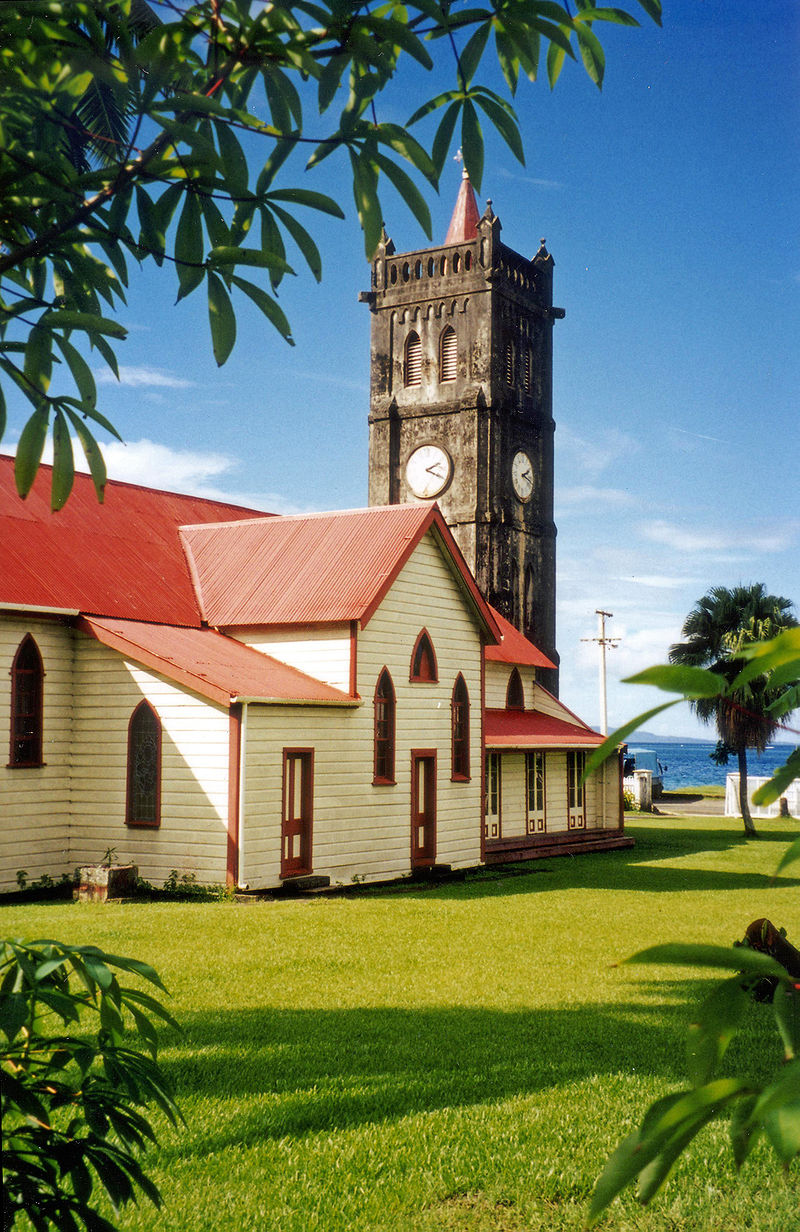
While Cakobau stalled on payment of the debt, anarchy filled the air and a potential race war loomed over the islands. The ageing chief felt the need for a strong outside power to control the situation. His wish for peace was realised on 10 October 1874, when Cakobau and his fellow chiefs ceded the country to Britain and the colony of Fiji was born. A monument to this occasion can be seen in Nasova, the small village south of Levuka where the signing of the deed of cession took place.
Levuka became the first capital of Fiji, but did not last long as such. The founders were concerned about the need to expand the capital. Because the town was confined by cliffs there really was no room for Levuka to grow.
Aside from the OId Capital’s confining geography there were other reasons to move the capital. One anecdote came to me from Alice Tamani, a Levuka resident who told me:
In 1881 the capital was shifted to Suva. Levukans were a chauvinistic lot who thought that even though the capital had been moved, the town would always be the center for trade. They were wrong. Over the years businesses left and the town’s economic life became ever more difficult. The coup de grâce came in the late 1950s when Levuka, which had always been a transshipment point for the copra trade, lost that last dribble of commerce.

Fortunately, through negotiations with a Japanese firm, the townspeople brought a fish cannery into Levuka which provided jobs for fisher folk and workers and kept the community going. The several small hotels and guest houses provide some income, but the scale of tourism is so small that it has little effect on the welfare of the general population. Levuka’s isolation has kept it off the tourist track and out of the economic mainstream, but has helped preserve the town’s architectural integrity.
Historical Firsts
A number of Fiji’s historical firsts occurred in Levuka: the first public school was established there in 1879; the first Masonic Lodge in the Pacific Islands was founded there in 1875; Fiji’s first newspaper, the Fiji Times, was founded there in 1869; and the first bank, the Bank of New Zealand, opened there in 1876. Of these, the school and the lodge still stand, as does the oldest operating hotel in the South Pacific, the Royal Hotel, opened in the late 1850s.
Getting to Levuka
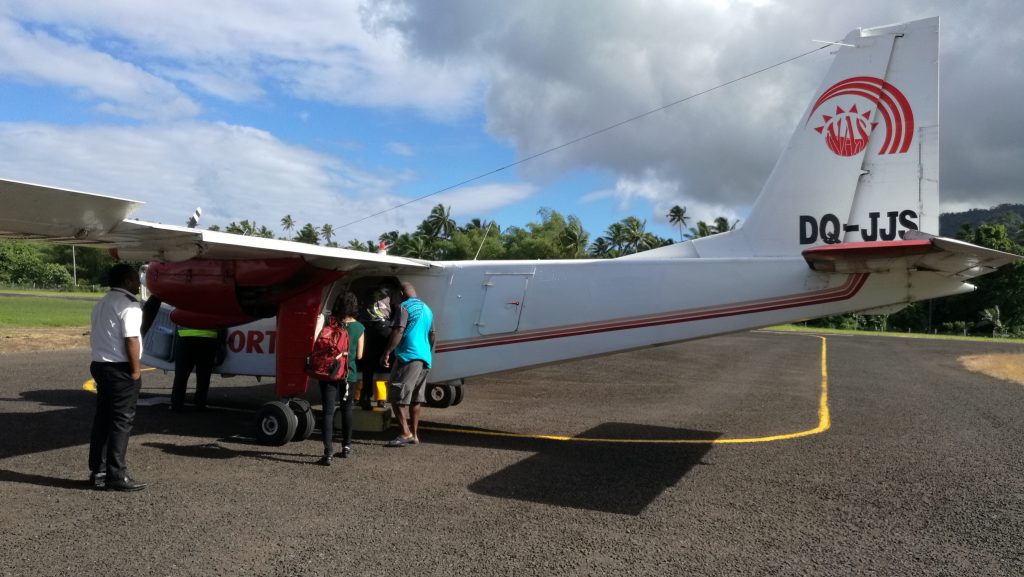
There are daily flights on Northern Air from Nausori Airport outside of Suva.
Ferries also serve the Island daily.
Patterson Brothers Shipping (patterson@connect.com.fj) leaves from Natovi wharf about an hour from Suva. You can catch a Patterson bus that will take you there from the Suva bus stand.
St. Mary, a second ferry service operated by Venu Shipping Ltd departs for Levuka on Tuesday, Thursday and Saturday at 11 am from the Suva bus station and arrives Levuka at 4 pm. The return trip to Suva departs on Monday, Wednesday and Friday at 7.30 am, arrives 10.00 am Natovi Landing. Contact 3395000 or 7081800 for bookings or any further information.
A third vessel, the Lomaiviti Princess, run by the Gounder Shipping Ltd (+679 330 1035) runs twice daily.
Both the Patterson and St Mary’s business are located on the West side of the Suva Bus stand.

(Much thanks for Stefan Cabaniuk for his wonderful shot of St, John’s Cawaci Mission at the top of the page).




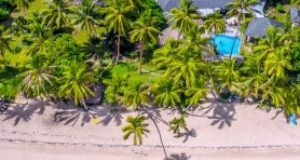
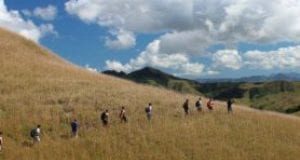
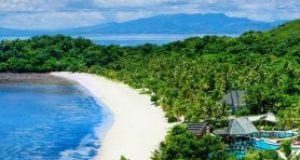
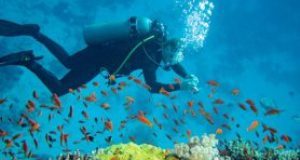
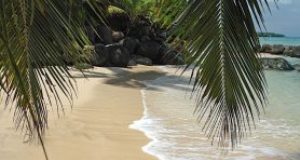
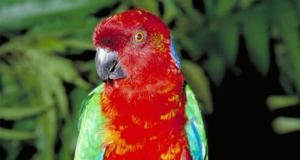
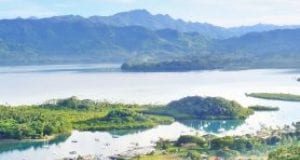

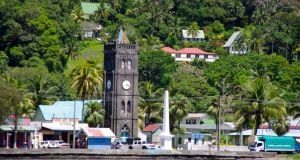
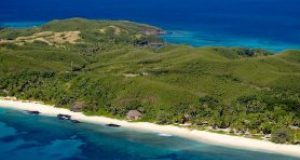


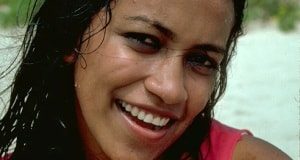


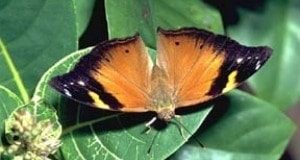



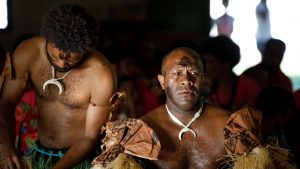
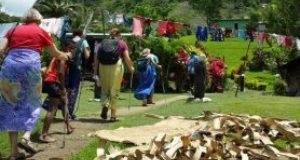

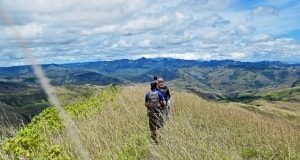
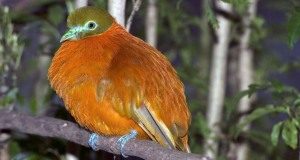

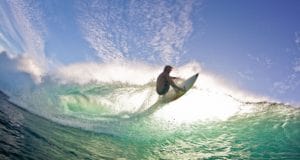
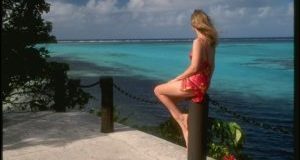

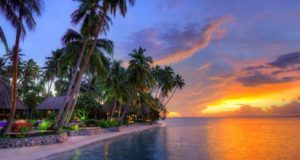



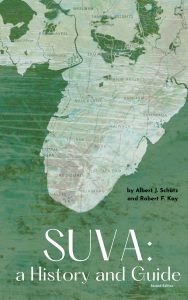
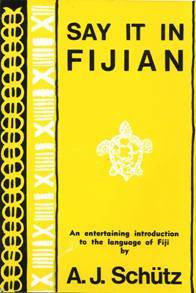

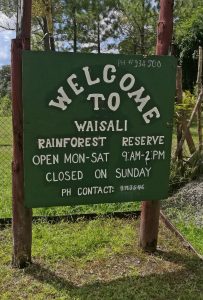
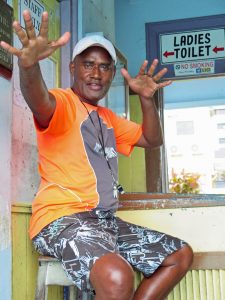
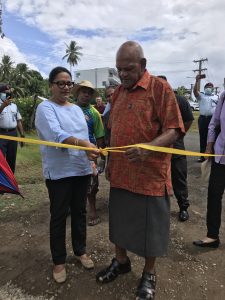

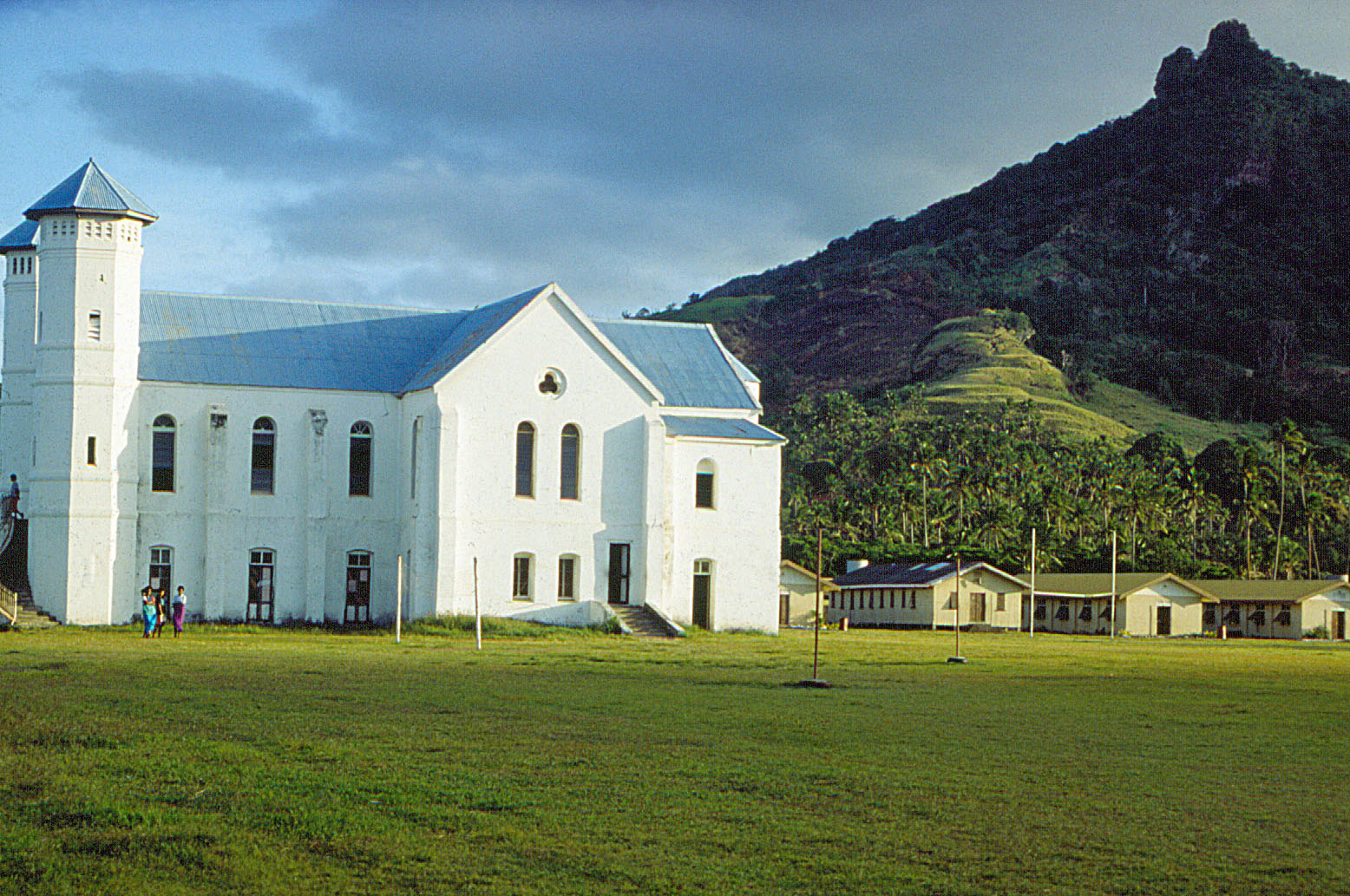
Leave a reply